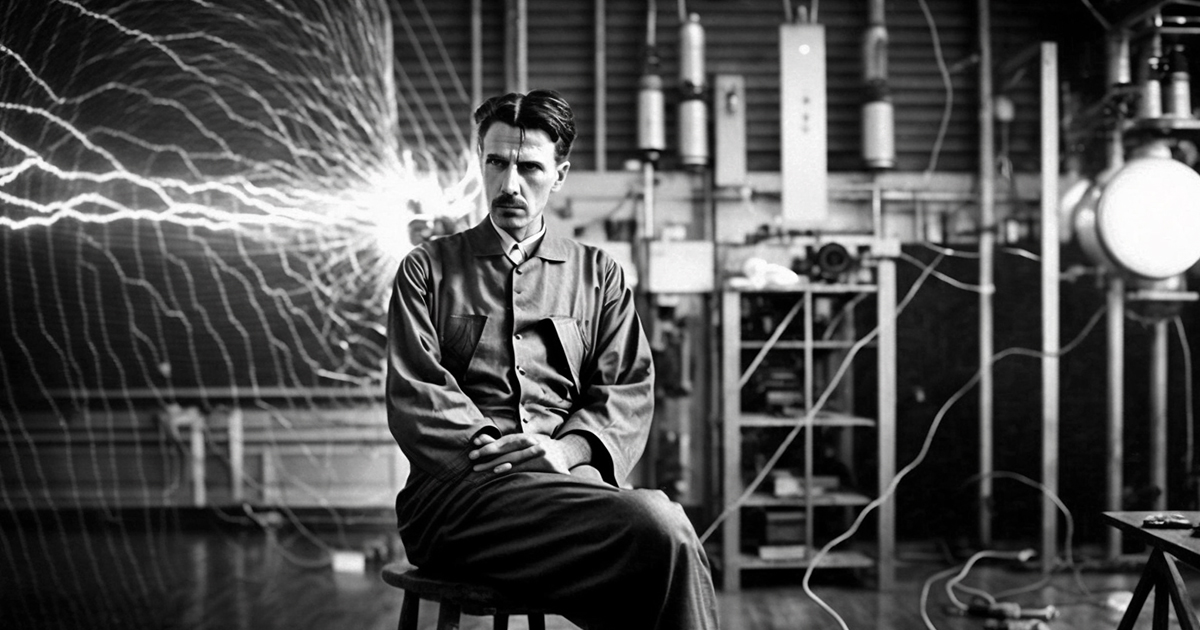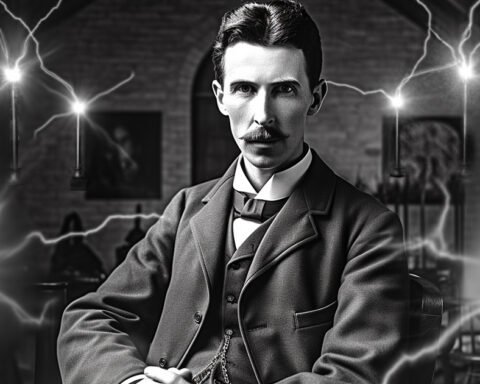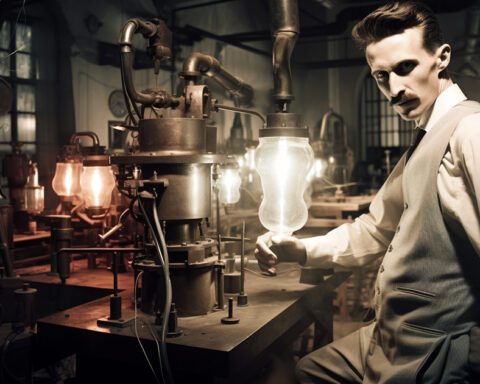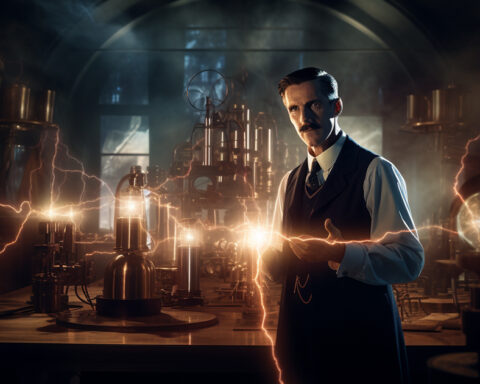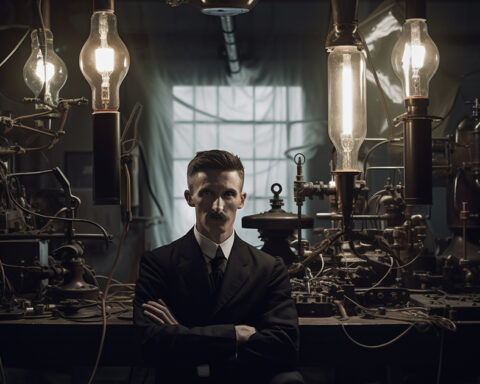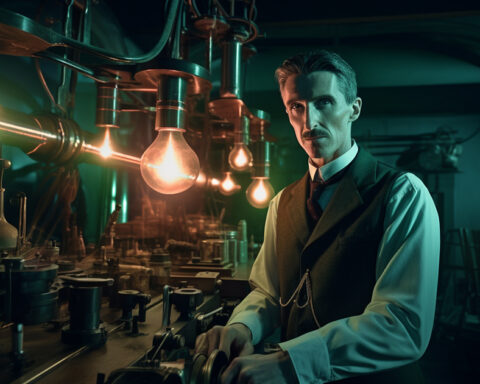Introduction
Nikola Tesla was an American-Serbian inventor, mechanical engineer, electrical engineer, and futurist. Tesla is renowned for his groundbreaking discoveries, which transformed how we live today. His work has had an impact on a number of sectors, including technology, physics, and electrical engineering. Tesla’s contributions were not acknowledged during his lifetime, despite his impressive accomplishments. We’ll look at ten amazing innovations made by Nikola Tesla that you may not have known about in this article.
Alternating Current (AC)
An electrical current that periodically reverses direction is known as an alternating current (AC). Tesla made a substantial contribution to AC, which helped shape the contemporary electrical grid. Tesla improved the direct current (DC) system by allowing electricity to be transmitted across vast distances. As a result of this advancement, the AC system was widely used, increasing public access to power.
Tesla Coil
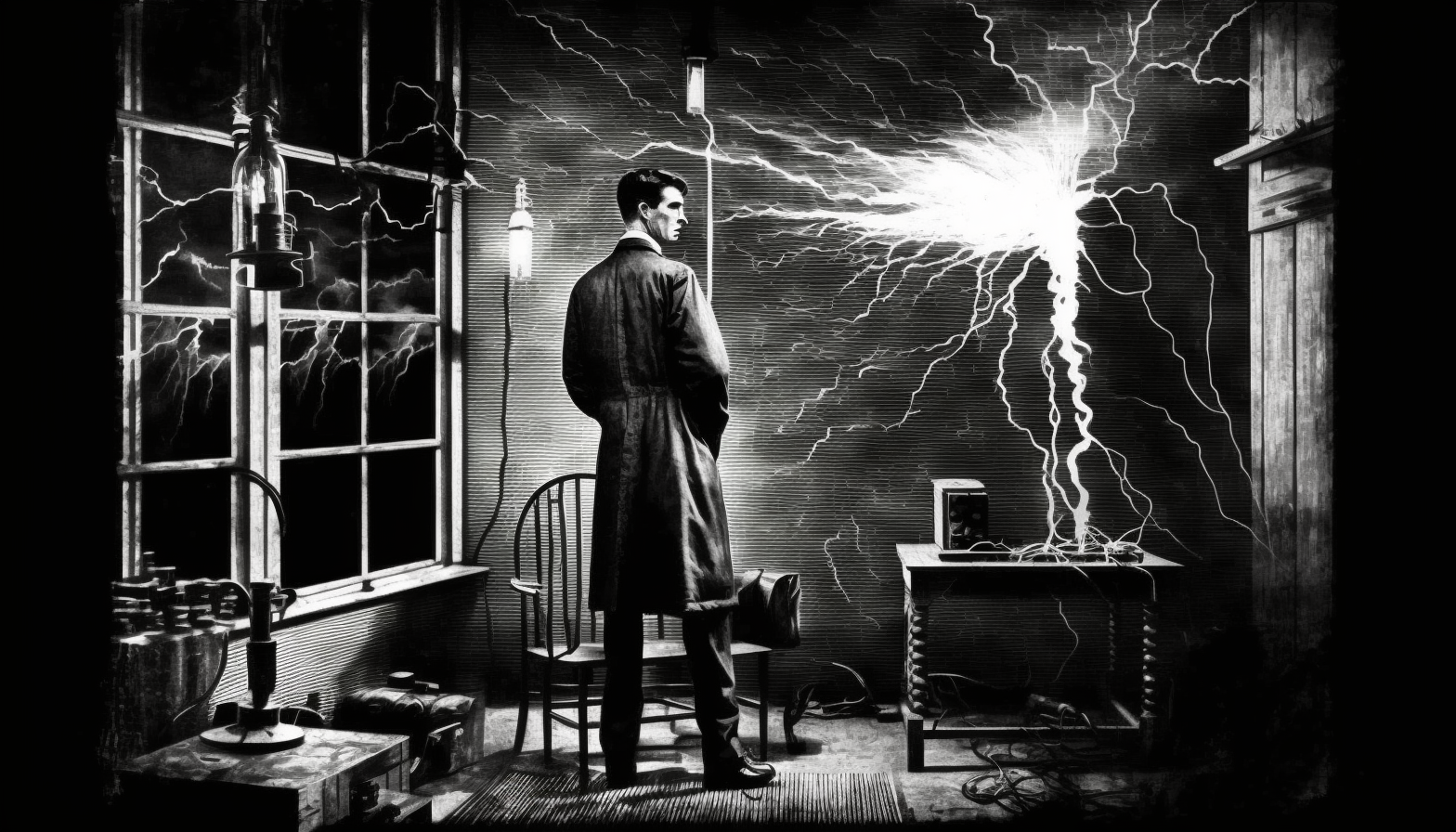
The term “ecosystem” refers to a group of people who work in the construction industry. In order to research and test high-frequency electricity, Tesla created this coil. The coil generates high voltage, low current electricity that can produce stunning electrical displays like sparks and arcs. Wireless communication, illumination, and medical technology are just a few of the many useful applications of the Tesla coil.
Wireless Communication
Wireless communication refers to the transmission of data from one location to another without the use of cables or other physical connections. Tesla made a substantial contribution to the advancement of radio technology in wireless communication. Wireless communication became a reality because of Tesla’s creation of the Tesla coil, which enabled the transmission and reception of radio waves across great distances. His contributions created the groundwork for contemporary radio transmission, on which we still rely today for a variety of uses, such as television, mobile phones, and internet connectivity.
Remote Control
The remote control is the use of technological devices to control other devices remotely. Tesla made a big contribution to remote control during its development. In 1898, he showed the first remote-controlled watercraft. Since then, the remote control has become widely employed in a variety of products, such as toys, drones, and home entertainment systems.
Neon Lights
Electricity is transferred through a gas-filled tube in neon lights, a form of the gas discharge lamp, to produce light. Tesla made a big contribution to neon lights’ evolution. In 1893, he created the first neon lamp, and his innovations served as the catalyst for the advancement of contemporary neon lighting. Advertising, signs, and lighting are just a few of the many practical uses for neon lights.
X-rays
X-rays are a form of electromagnetic radiation that may pass through solid things and provide images of internal components. Tesla made a substantial contribution to the development of X-rays. The term “ecosystem” refers to a group of people who operate in the construction industry. Medical imaging and security screening are only two of the many practical uses for X-rays.
Bladeless Turbine
A turbine type without blades converts energy without the usage of moving parts. Tesla made a big contribution to the creation of bladeless turbines. In 1913, he developed the Tesla turbine, the world’s first bladeless turbine. The technique can be used to create electricity and power propulsion systems, among other useful things.
Earthquake Machine
A gadget that can simulate an earthquake is known as an earthquake machine. Tesla made a big contribution to the invention of the seismic machine. He created a tool that could vibrate structures, which he showed to investors as a way to gauge their durability. Testing the durability of infrastructure and structures is one of the technology’s many useful applications.
Death Ray
A hypothetical technology called the death ray may emit an energy beam that could kill or maim people or objects. Tesla made a big contribution to the death ray’s creation. There is no proof that the device ever existed, despite his claims to have invented it. People have been fascinated by the concept of a death ray for many years, and it has appeared in popular cultures, such as in films and comic books.
Conclusion
In conclusion, Nikola Tesla’s discoveries have had a considerable influence on a variety of subjects, including physics, technology, and electrical engineering. His contributions have improved our planet and transformed the way we live today. Tesla’s contributions were not acknowledged during his lifetime, despite his impressive accomplishments. But his innovations continue to influence future generations of scientists and inventors, and his legacy endures.
FAQs
What was the most important invention made by Nikola Tesla? The AC electrical system, which transformed how electricity was transmitted and distributed, was Tesla’s most important invention.
What impact did Tesla’s innovations have on the world?
Through developing communication technology, democratizing access to electricity, and enhancing medical imaging, Tesla’s innovations have altered the course of human history.
Did Nikola Tesla invent the light bulb?
The light bulb was not created by Nikola Tesla. The light bulb was created by Thomas Edison.
Why was Nikola Tesla not given credit for his inventions?
Due to a number of factors, including his unusual thinking and lack of commercial success, Nikola Tesla did not receive credit for his innovations during his lifetime.
What other inventions did Nikola Tesla work on besides those listed in this article?
The Tesla oscillator, the Tesla shield, and the Tesla valve are just a few of the various technologies that Nikola Tesla worked on. He also worked on robotics, particle beam weaponry, and wireless power transmission, among other things. Tesla was a prolific inventor with more than 300 patents.

